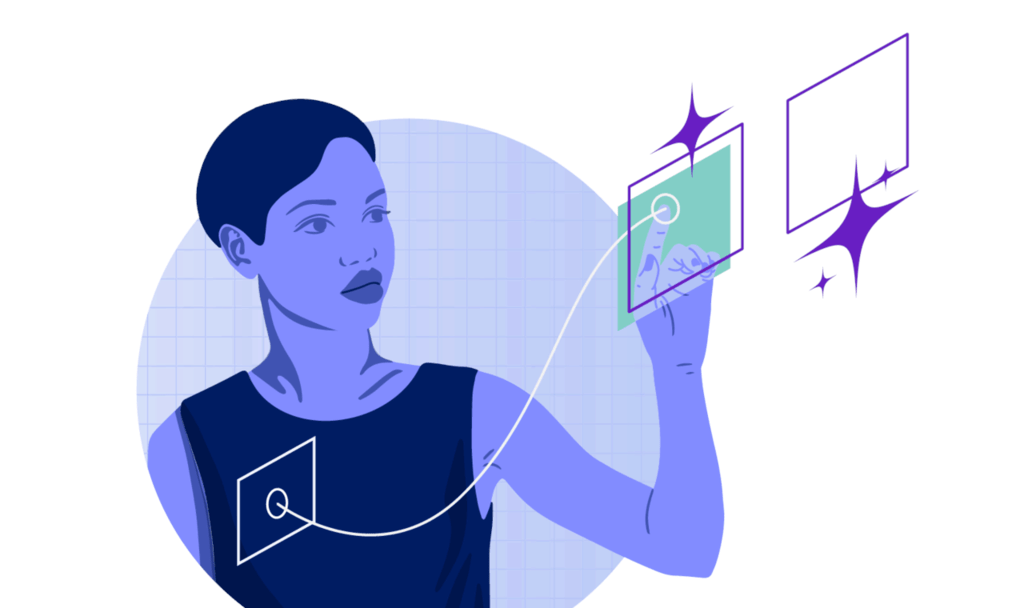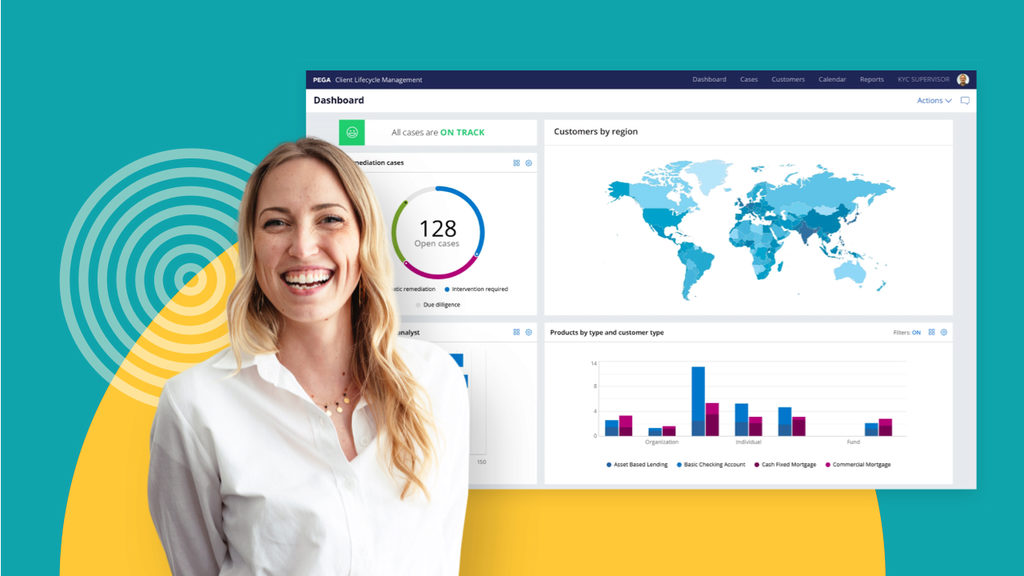Video
Build for Change: Case Lifecycle Management
You want your customer to have a frictionless experience with your business, but your business applications aren't helping. After all, many of the interactions your customer has with your business applications and systems are out of context. In this situation, your employees and customers struggle to get the outcomes they desire.
You need case lifecycle management that helps your customer. Applications built in the Pega platform put the customer first with case lifecycle management. The Pega platform offers an outcome-driven strategy, leading to more instances of customer success.
In this video, you’ll learn how Pega's case lifecycle management becomes a canvas for IT and business operations to collaborate.
Transcript:
This is your customer. You want to make her experiences with your business frictionless, but your business applications aren't helping. These apps are based on transactions, system level operations that address neither the context of your customer's relationship with you nor your business goals. So your employees and customers, armed with sticky notes and help docs, struggle with these systems to achieve the outcomes they want.
Some applications stitch transactions together to create processes, but once a process expands to contain the richness of an end-to-end customer experience, it becomes unwieldy and the business visibility disappears. Process definitions end up littered with technical details about system integration and data access, and your customer outcome once again gets lost.
Applications built in the Pega 7 platform put customer outcomes front and center with Case Lifecycle Management. The Case is the central metaphor in Pega's 100% model-driven approach to building business applications. Cases are outcome driven. They represent work to be done, like a customer inquiry that must be resolved or a new account to be opened. You define a case by laying out its stages, which matches the way business people naturally talk about their work. You add steps to each stage, building a framework for your processes and establishing a common language without getting buried in details. The case become a canvas on which business and IT can collaborate. Cases in the Pega 7 platform can manage the multiple simultaneous processes often needed to achieve a business outcome. The Case allows processes to share information, automatically deciding when and how to retrieve data from external systems. This simplifies the process definitions and eliminates unnecessary data lookups. Cases automate service levels, prioritization, and escalation, ensuring your commitments to customers are fulfilled and they capture audit data and history so you always have visibility and transparency into the work being done.
Case Lifecycle Management delivers business applications that go beyond transactions and processes to deliver the outcomes and frictionless experiences your customers demand. Our world is constantly changing. Only Pega lets you build for change.
Transcript:
- This is your customer. You want to make her experiences with your business frictionless, but your business applications aren't helping. These apps are based on transactions, system level operations that address neither the context of your customer's relationship with you nor your business goals. So your employees and customers aren't with sticky notes and help docs struggle with these systems to achieve the outcomes they want. Some applications stitch transactions together to create processes. But once a process expands to contain the richness of an end-to-end customer experience, it becomes unwieldy and the business visibility disappears. Process definitions end up littered with technical details about system integration and data access. And your customer outcome once again gets lost. Applications built on the Pega 7 platform put customer outcomes front and center with case life cycle management. The case is the central metaphor in Pega's 100% model driven approach to building business applications. Cases are outcome driven. They represent work to be done like a customer inquiry that must be resolved or a new account to be opened. You define a case by laying out its stages, which matches the way business people naturally talk about their work. You add steps to each stage, building a framework for your processes and establishing a common language without getting buried in details. The case becomes a canvas on which business and IT can collaborate. Cases in the Pega 7 platform can manage the multiple simultaneous processes often needed to achieve a business outcome. The case allows processes to share information, automatically deciding when and how to retrieve data from external systems. This simplifies the process definitions and eliminates unnecessary data look-ups. Cases automate service levels, prioritization, and escalation ensuring your commitments to customers are fulfilled and they capture audit data and history so you always have visibility and transparency into the work being done. Case lifecycle management delivers business applications that go beyond transactions and processes to deliver the outcomes and frictionless experiences your customers demand. Our world is constantly changing, only Pega lets you build for change.
Tags
Related Resources

Unleash the power of AI innovation
Learn about enterprise AI and how it'll drive the future of business outcomes.

Why Pega?
Uniquely powerful software isn’t the only thing that sets us apart.
